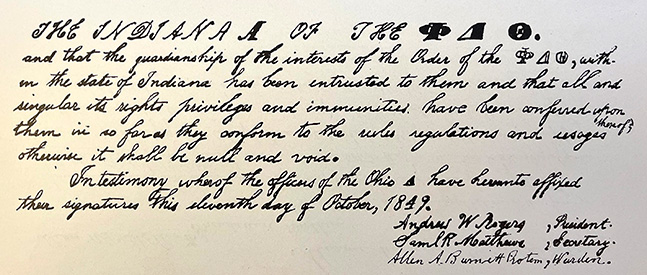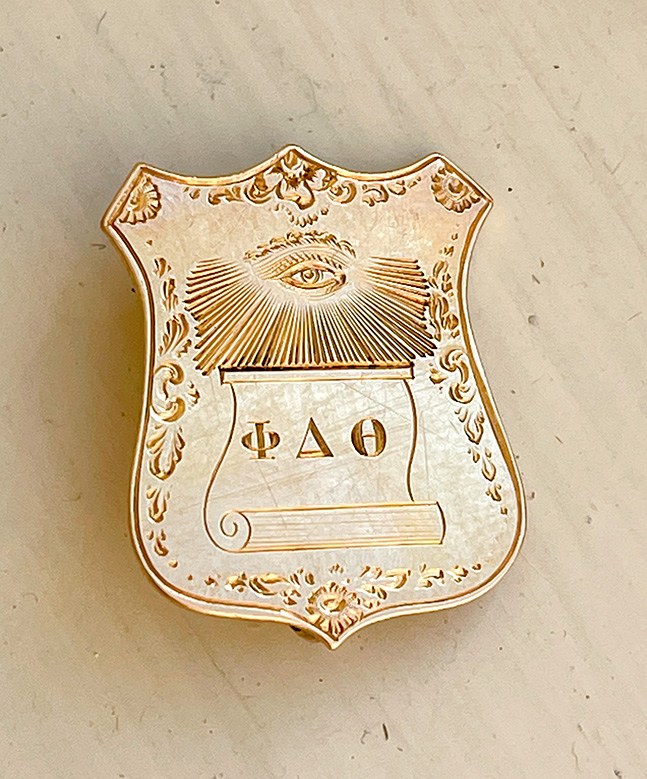In 1848, Miami University had two fraternities on campus, Alpha Delta Phi and Beta Theta Pi. However, the president at the time, Erasmus McMaster, did not trust fraternities or any secret societies, and the students were frustrated with McMaster’s negative attitude.
On January 12, 1848, a huge snowstorm hit Miami’s campus. Several students, including members of both fraternities, decided to band together and make a statement to President McMaster and the board. In the middle of the night, the students made giant snowballs and rolled them up to block the doors of the main building on campus. McMaster was furious and declared he would find every student involved and expel them. The student body did not believe he would remove everyone, so they recruited even more people to fight back. This time, they also packed tremendous amounts of snow and ice inside the hallways of the building. The temperature dropped overnight, and the snow froze, turning into ice and making the building an unusable mess.
The following week, the boys were called in to explain their actions. After a lengthy trial, McMaster expelled forty-six students who would neither apologize nor promise to be better in the future. Each time a student was removed, his classmates would carry him off their shoulders. The Snowball Rebellion was a great representation of organizations’ independence and the bond formed among fraternity members.
This momentous event overall led to the brotherhood mindset on Miami’s campus, which aligns with the founding of Phi Delta Theta in December of this year.



